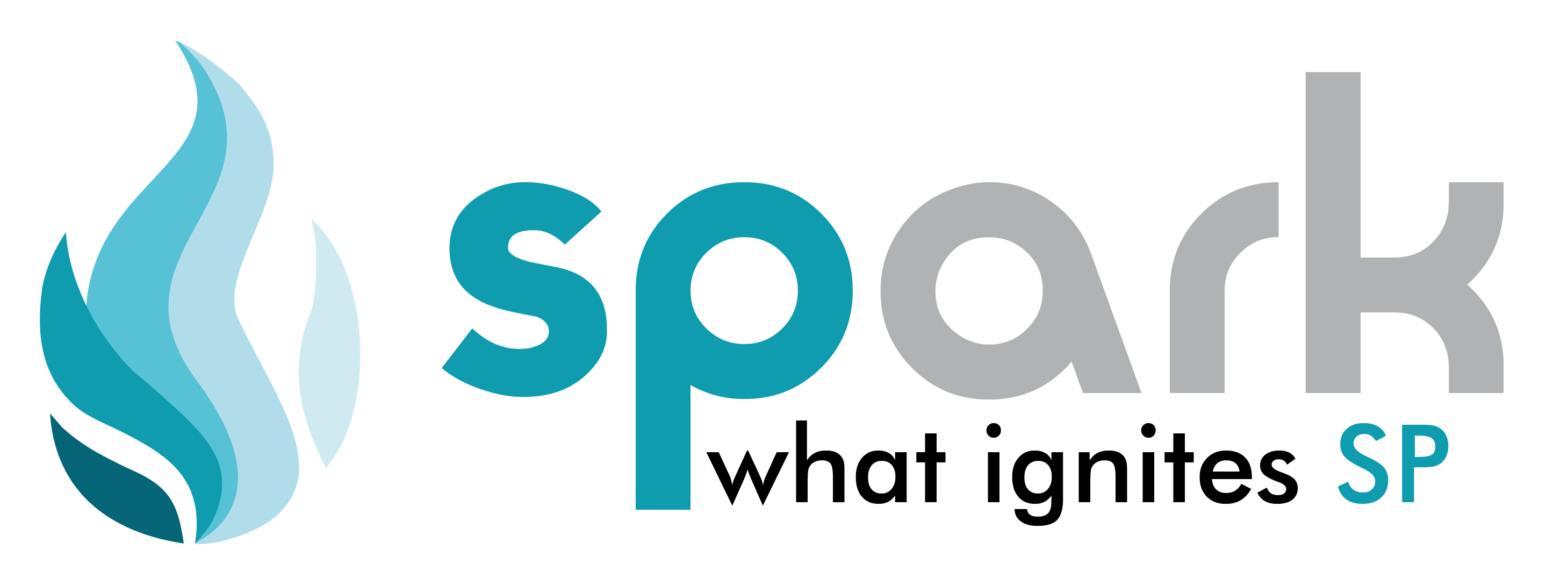Decades of investment in planning and science has propelled humanity to the forefront in a wide spectrum of fields, notably mathematics, physiology, geology, aerodynamics and space and proved that science could be planned and its fruits can be made available to society at large.
It’s astounding to have the power to retrieve almost any information and communicate in a thousand different ways using a device that fits in your pocket. There’s always something new on the horizon, and we can’t help but wait and wonder what technological marvels are coming next.
So, let’s have a look at the recent scientific breakthroughs.
LIGO Detector

Once upon a time, in a galaxy far, far away, two massive blackholes engage in a deadly dance. They revolve around each other, spiralling faster and faster until they are whirling at half the velocity of light when they collide and merge, forming an even massive black hole and unleashing a loud thunderclap of gravity. By the time they reach our planet, this thunderclap has greatly diminished, needing extremely sensitive instruments, like LIGO’s detectors, to pick it up.
LIGO boasts two specialized detectors in Washington and Louisiana, designed to pick up gravitational ripples. LIGO is the world’s largest gravitational wave observatory and a cutting-edge physics experiment. Comprised of two enormous laser interferometers located thousands of kilometres apart, LIGO exploits the physical properties of light and of space itself to detect and understand the origins of gravitational waves.
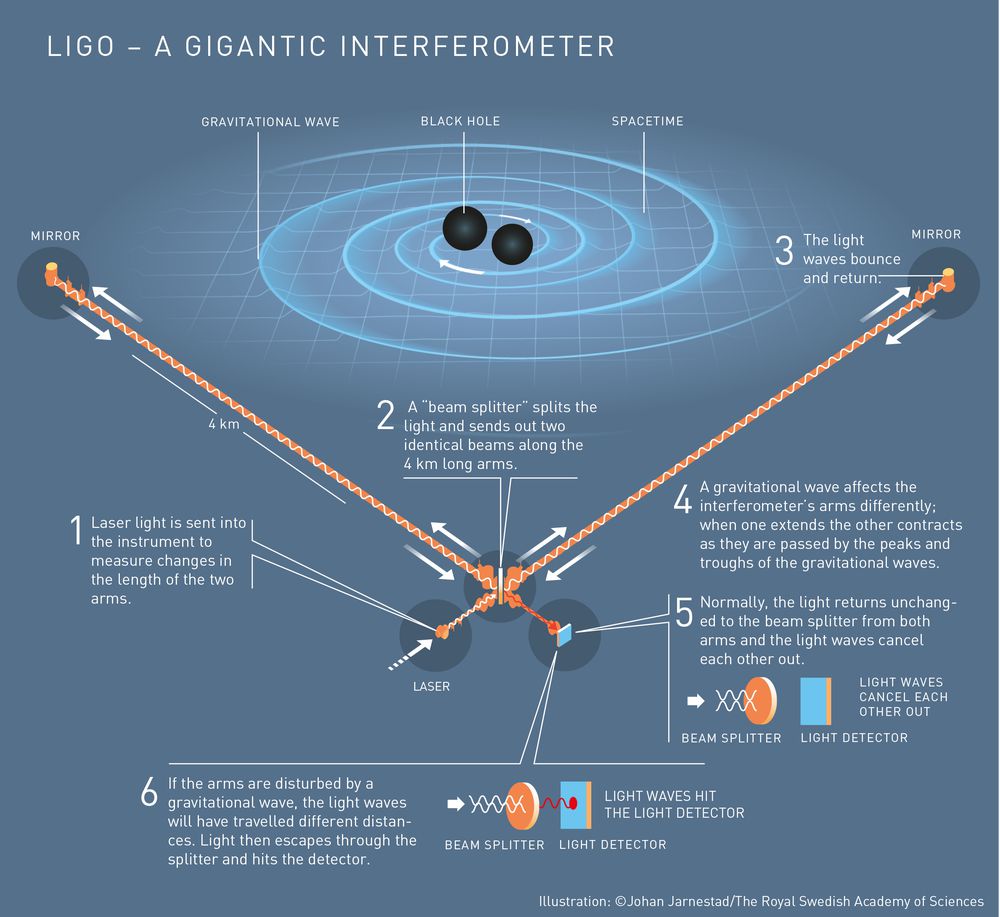
What LIGO is looking for is evidence that gravitational waves are distorting space-time enough that one of the arms becomes temporarily longer than the other.
Quantum Computers

Even with the most powerful modern supercomputers, many problems remain daunting and impractical to solve. Now, a new approach that would use quantum computers to streamline these problems has been developed by researchers at MIT, the University of Waterloo, and the University of Southern California. In quantum physics, entangled photons are the cornerstone of much cutting-edge technology research, including quantum communications, computing, and encryption.
Our current information transmission is basically in the form of Binary Numbers i.e the High and Low Energy Regulation but one at a time. At the heart of quantum computing is the quantum bit, or qubit, a basic unit of information analogous to the 0s and 1s represented by transistors in your computer. Qubits have much more power than classical bits because of two unique properties: they can represent both 1 and 0 at the same time, and they can affect other qubits via a phenomenon known as quantum entanglement. That lets quantum computers take shortcuts to the right answers in certain types of calculations. Currently, Tech-Giants like Google and Intel are working for the commercialization of the Quantum Computers which would be available in the coming years. Quantum computers could solve problems that take a conventional computer longer than the lifetime of the universe to solve. This could bring new possibilities, such as advanced drug development, superior military intelligence, greater opportunities for space exploration and enhanced encryption security.
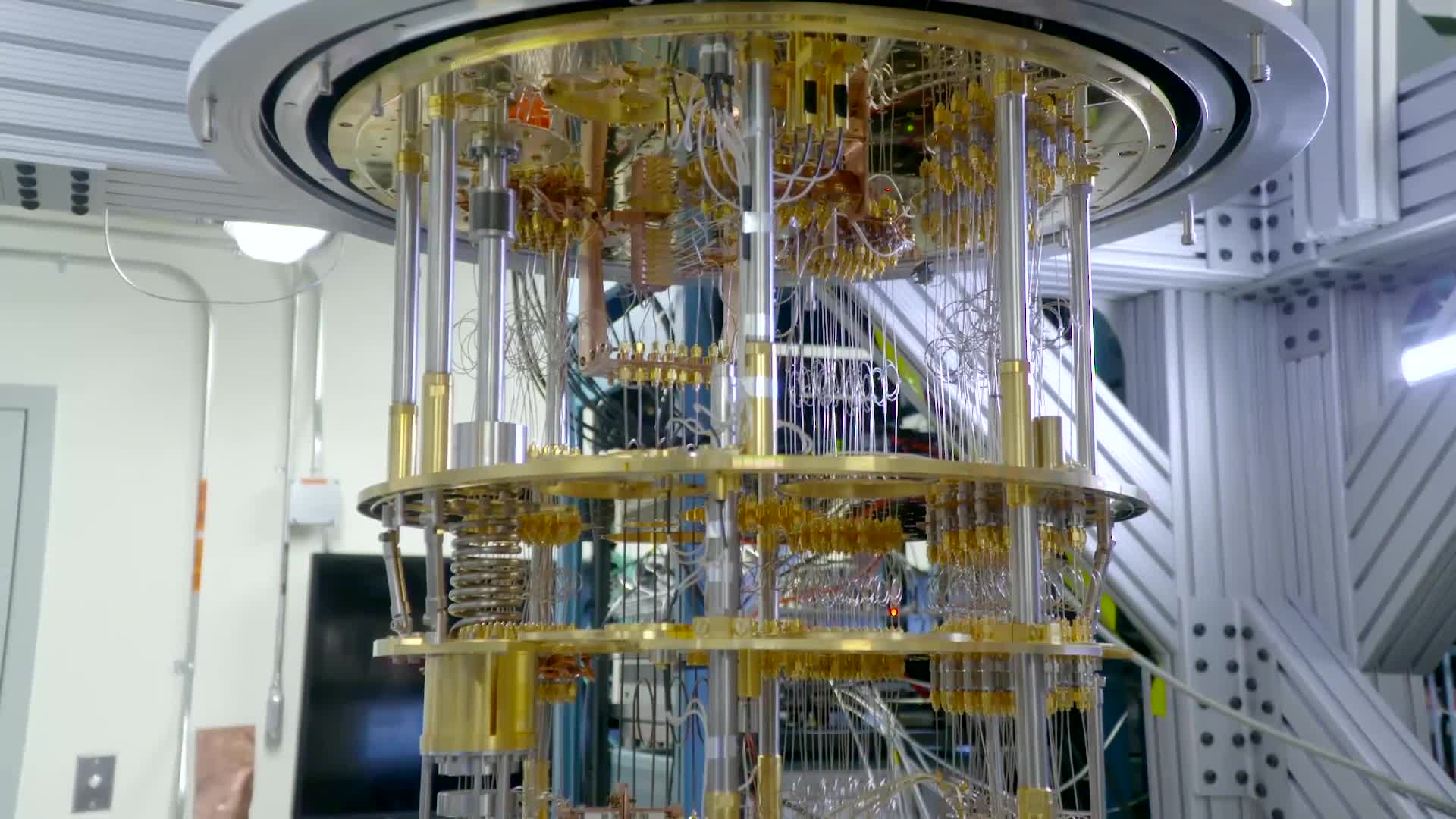
Quantum computers also present real risks, but scientists are already working on new forms of encryption that even a quantum computer couldn’t crack. Experience tells us that we should think about the applications and implications of quantum computing long before they become reality as we strive to ensure a safe future in the exciting new age of quantum computing.
Learn more about quantum computers and how they work in this article: http://spark.spit.ac.in/index.php/2017/11/22/geekonic-quantum-computing/
Hyperloop
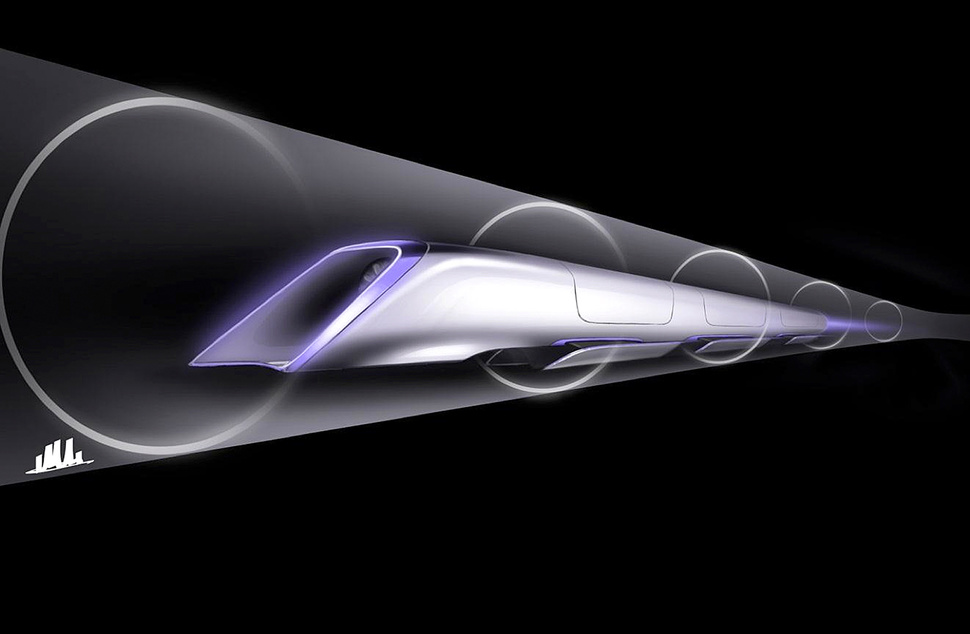
SpaceX is revolutionizing terrestrial transportation through its Hyperloop services. The company currently provides these services to innovators and universities across the world interested in high-speed transportation technology and solutions. The Hyperloop system built by SpaceX at its headquarters in Hawthorne, California, is approximately one mile in length with a six-foot outer diameter.
Hyperloop is essentially a train system that Musk calls “a cross between a Concorde, a rail-gun, and an air hockey table“. It’s based on the very high-speed transit (VHST) system proposed in 1972, which combines a magnetic levitation train and a low-pressure transit tube. Musk has likened it to a vacuum tube system in a building used to move documents from place to place.
Hyperloop is being proposed as an alternative to short distance air travel, where the system will be much faster than existing rail networks and much cleaner than flights. Speeds of over 700 mph are suggested for journeys.
One of the biggest problems with anything moving is friction. Hyperloop proposes to move away from traditional wheels by using air bearings for pods instead. The air bearing and passive maglev ideas are designed not only to levitate the pod but also for the movement of the pod through the air. It’s similar to maglev, in which the electromagnetic levitation of the train means there is no friction like a traditional train that runs on tracks. Musk’s Hyperloop will take this to the next level by travelling through low-pressure tubes. Low pressure, however, means you still have some air in the tunnels.
Hyperloop will be built in tunnels that have had some of the air sucked out to lower the pressure. So, like high-altitude flying, there’s less resistance against the pod moving through the tunnel, meaning it can be much more energy efficient, which is desirable in any transit system. The original VHST proposed using a vacuum, but there’s an inherent difficulty in creating and maintaining a vacuum in a tunnel. For Hyperloop, the idea is to lower the air pressure, a job that could be done by regularly placed air pumps.
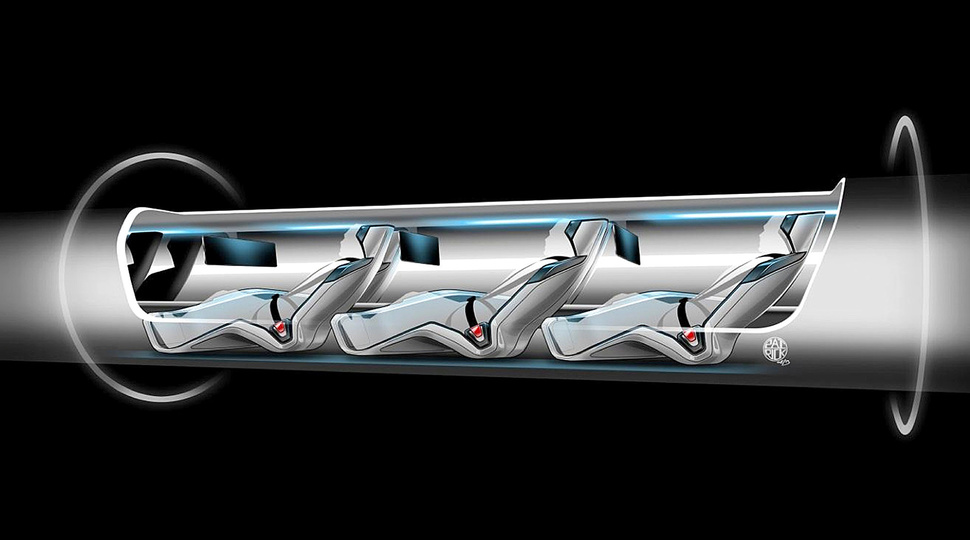
Musk has suggested that solar panels running on the top of the tunnels could generate enough electricity to power the system. It could run as an underground system, too.
These technologies all have staying power. They will affect the economy and our politics, improve medicine, or influence our culture. Some are unfolding now; others will take a decade or more to develop. Anyone in the tech industry knows that making predictions about the course of technology’s future, even a year out, is an exercise in futility. Surprises can come from a number of different directions, and announced developments rarely release as they’re intended.
Whatever the case may be, it’s still fun to think about everything that’s coming next.
Article by Barney Stinson
